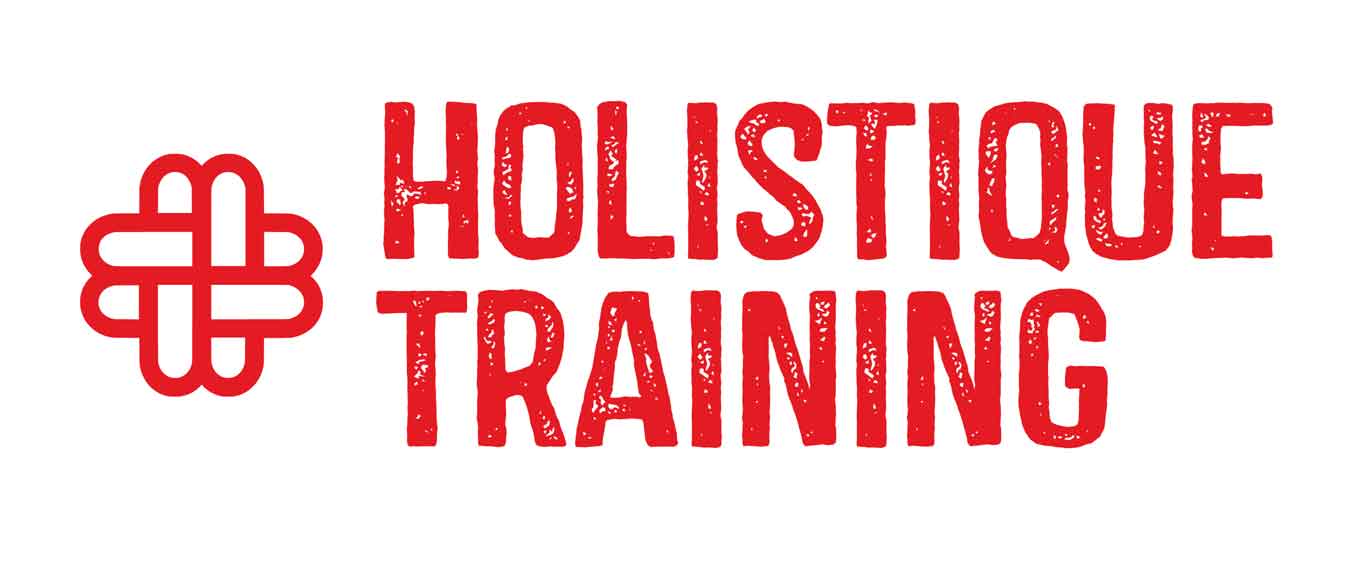In today’s interconnected economy, global trade offers significant opportunities—but it also introduces complex financial risks. This course provides participants with a practical understanding of how to identify, assess, and mitigate the financial risks inherent in international trade operations.
The training explores credit risk, currency volatility, political uncertainty, payment defaults, and compliance challenges across cross-border transactions. Through real-world examples, simulation exercises, and risk modelling techniques, participants will learn how to protect revenue, ensure liquidity, and enhance resilience in global markets.
Designed for professionals involved in finance, trade, and risk governance, the course offers actionable strategies to manage uncertainty while maintaining competitiveness and profitability in global commerce.
By the end of this course, participants will be able to:
- Identify key financial risks in global trade operations.
- Apply risk mitigation strategies such as trade finance instruments and currency hedging.
- Evaluate counterparties and manage credit exposure.
- Understand political and sovereign risk dynamics.
- Navigate regulatory, compliance, and sanctions-related risks.
- Build internal risk frameworks and contingency plans.
- Enhance collaboration between finance, trade, and risk departments.
This course is ideal for:
- Finance and treasury professionals in international firms.
- Exporters and importers managing large cross-border transactions.
- Trade finance specialists.
- Risk managers and compliance officers.
- International procurement and supply chain leaders.
- Bankers and trade advisors.
This course uses a blended learning approach including expert-led sessions, group discussions, risk simulation activities, and real-case financial risk scenarios. Participants will practice building risk registers, stress-test trade deals, and assess risk exposure across international supply chains.
Day 5 of each course is reserved for a Q&A session, which may occur off-site. For 10-day courses, this also applies to day 10
Section 1: Understanding Financial Risk in Global Trade
- Types of financial risk: Credit, market, operational, sovereign.
- Trade cycle vulnerabilities: From order to payment.
- The cost of unmanaged risk in international transactions.
- Case study: Lessons from real-world trade collapses.
- Mapping financial risks across trade relationships.
Section 2: Credit Risk and Counterparty Assessment
- Evaluating buyer and supplier creditworthiness.
- Tools for managing credit risk: Letters of credit, guarantees, and credit insurance.
- Structuring payment terms: Open account, advance, LC, CAD.
- Role of export credit agencies (ECAs).
- Managing disputes, defaults, and non-payment scenarios.
Section 3: Foreign Exchange and Currency Risk Management
- How currency fluctuations impact global trade margins.
- Currency risk mitigation tools: Forward contracts, options, swaps.
- Multi-currency pricing and invoicing strategies.
- Managing risk in emerging market currencies.
- Building a forex risk management policy.
Section 4: Political and Sovereign Risk Management
- Identifying political instability and expropriation threats.
- Strategies for navigating trade in high-risk jurisdictions.
- Using political risk insurance (PRI).
- Mitigating risks from sanctions and embargoes.
- Monitoring geopolitical risk indicators.
Section 5: Regulatory and Compliance Risks
- Financial compliance in international trade: AML, KYC, sanctions.
- Navigating global regulations: OFAC, BIS, UN, FATF.
- Trade documentation and audit trails for risk control.
- Consequences of non-compliance and how to avoid them.
- Creating a financial compliance checklist for global operations.
Section 6: Risk Mitigation Instruments and Trade Finance Tools
- Structured trade finance: Factoring, forfaiting, supply chain finance.
- Blending trade credit insurance with finance solutions.
- Choosing the right instruments for transaction size and destination.
- Role of development banks and multilateral guarantees.
- Case study: Building a multi-layered risk mitigation strategy.
Section 7: Building a Financial Risk Management Framework
- Developing internal risk policies and escalation procedures.
- Quantifying risk exposure and building risk dashboards.
- Scenario planning, stress testing, and contingency frameworks.
- Cross-functional collaboration between finance, legal, and trade teams.
- Creating a culture of risk awareness in global operations.
Upon successful completion of this training course, delegates will be awarded a Holistique Training Certificate of Completion. For those who attend and complete the online training course, a Holistique Training e-Certificate will be provided.
Holistique Training Certificates are accredited by the British Accreditation Council (BAC) and The CPD Certification Service (CPD), and are certified under ISO 9001, ISO 21001, and ISO 29993 standards.
CPD credits for this course are granted by our Certificates and will be reflected on the Holistique Training Certificate of Completion. In accordance with the standards of The CPD Certification Service, one CPD credit is awarded per hour of course attendance. A maximum of 50 CPD credits can be claimed for any single course we currently offer.
- Course Code IND09-110
- Course Format Classroom, Online,
- Duration 5 days









